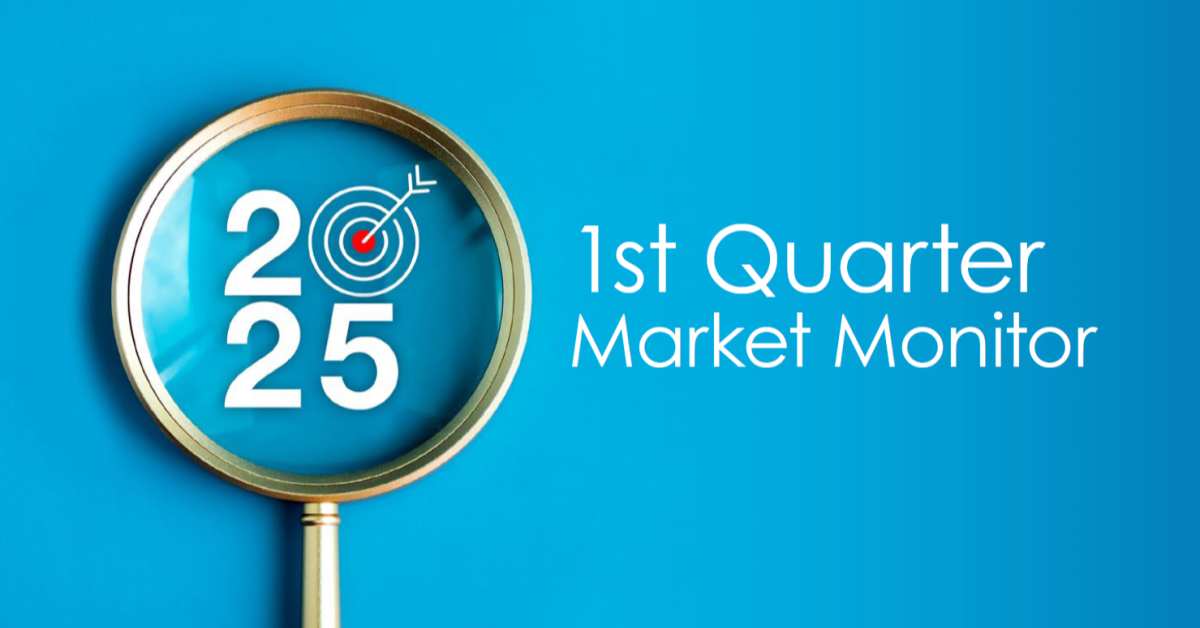April 2021
The first quarter of 2021 was another strong one for equities, with stocks leading the performance tables vs. most other asset classes. Stocks continued to work their way higher, bolstered by a myriad of tailwinds: fiscal and monetary stimulus, solid money flows (sidelined cash coming into the market), and increasing consumer confidence due to a vaccine-led economic recovery.
Last year, it was the “digital economy”/growth stocks that led the market – think: Zoom Video, Peleton, Google, Facebook, etc. These were the cohort of stocks that could continue to post growth despite the physical economy mostly shut down. But for the last several months we have seen the “reopening”/value stocks surge to the forefront and outperform. These stocks include travel and leisure, energy, retail, and financials. These groups are more sensitive to the real economy, and are rising in anticipation of the continued reopening of the economy. The recovery has accelerated recently due to the widespread rollout of Covid vaccines, which has emboldened many consumers to go out.

The vaccine rollout has been more widespread in the US than most of Europe and Asia. This is likely one of the reasons that our equity markets have performed better than most emerging markets as well as developed international markets. In Europe, the ECB has promised to continue to step up its efforts to support the economic recovery. And China is also trying to provide aid to its markets, which usually has a positive spillover effect on the rest of Asia.
This economic recovery is global in nature, which should benefit most markets around the globe. Moreover, GDP forecasts for the economy are actually increasing as the economic reopening takes shape and gathers steam. Here in the US, there are many parts of the economy (movie theatres, sporting events, concerts, etc) that have barely started to reopen. So it will be interesting to see how quickly many of these areas ramp-up capacity. Airline flights already seem to be full to the brink.
We mentioned that consumer confidence is strengthening. That isn’t just anecdotal on our part. The recent consumer confidence data that is released monthly showed some historically strong jumps. To wit, the Univ. of Michigan Consumer Sentiment survey showed the biggest jump since 2006. And the Conference Board’s Consumer Confidence Index had its biggest gain since 2003, but the “present situation” sub-component of the report surged the most since 1974. Anytime a datapoint shows the biggest move in almost 50 years it pays to take notice.

The US is also benefitting from the continued double-barreled stimulus measures from both the Fed as well as the Administration. Last year, the first round of stimulus checks went out to those that qualified. Recently a second round was approved and sent out. These transfers of payments to individuals and families caused the savings rate in the country to spike (see above graph). But ample savings is also a resevoir for future demand, the kind that is being unleashed as the economy reopens. In any recession, there is an accumulation of pent-up demand as consumers forgo spending. This time around, due to the lockdowns, we are witnessing the mother of all pent-up demand situations.
In addition to all the fiscal stimulus (infrastructure plan ahead?), the Fed is still ultra-accommodative with monetary policy. That means not only have they reiterated that they intend to keep rates at zero until the unemployment rate gets back to pre-pandemic levels (near 3.5%), but despite the acceleration in the economy they are still conducting monthly asset purchases (QE) to the tune of $120 billion per month. That’s quite a bit of liquidity that continues to grease the wheels of the financial markets.
Not surprisingly, the vast sums of stimulus have started to foster a firming of inflationary pressures. Several inflation gauges have started to rise, and the bond market has been reflecting this. Long-term yields are sensitive to both economic growth and inflation, and both have been rising recently.
As such, it should not be surprising that the 10-year Treasury yield has been on a tear. Granted, the rise is coming off of very low levels where the bigger concern was deflation rather than inflation. But the tide has turned, and the 10-year yield likely has more ground to make up vs. former levels. The chart below shows the multi-month rise from last summer’s lows near 0.50% to the recent peak closer to 1.75%. Our best guess is that with inflation firming further as we get into the second half of 2021, bond yields could surpass the 2.0% level.

Of course, rising yields are a headwind for most fixed income investments, as well as most yield-oriented securities. So we are trying to be defensive in client portfolios with respect to our bond allocations. But the silver lining is that if rates rise more and then peak, higher yields should be available for future investments and that should help yield-starved investors who need income from their portfolios.
In sum, economic growth is projected to increase due to the vaccine-led recovery. The recovery is being aided by both strong fiscal and monetary stimulus. These are all market friendly factors which should continue to be a tailwind for the stock market. But rising bond yields will be a headwind for the bond market, at least until yields peak at some point. In the interim we expect stocks to continue to be the leading asset class. Valuations are high versus historical averages, but this is to be expected with an economic boom, zero interest rates, and still healthy levels of inflation.
Jordan L. Kahn, CFA Chief Investment Officer
Sources: Stockcharts.com; Seeking Alpha; Raymond James; Briefing.com; Standard & Poors; Barron’s; Charles Schwab; CNBC.com
*This Market Monitor is provided for informational purposes only and should not be interpreted as investment advice.



